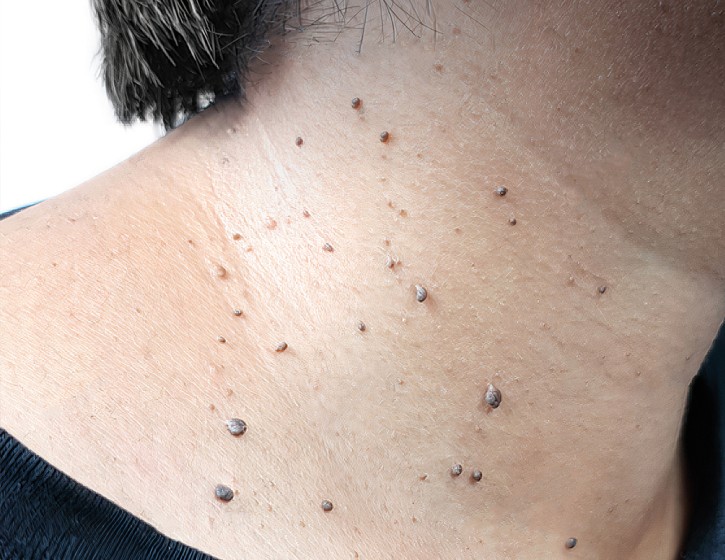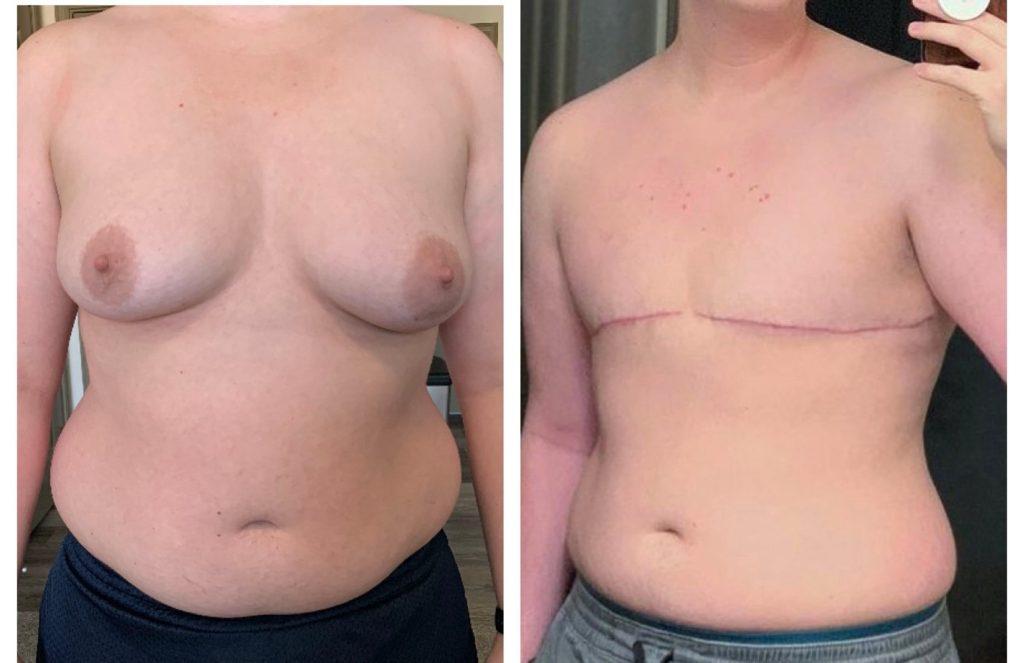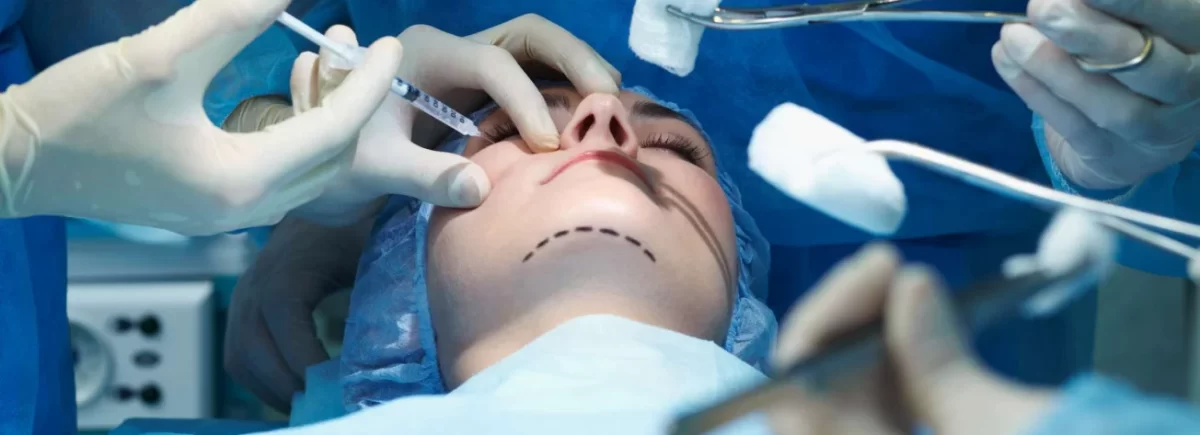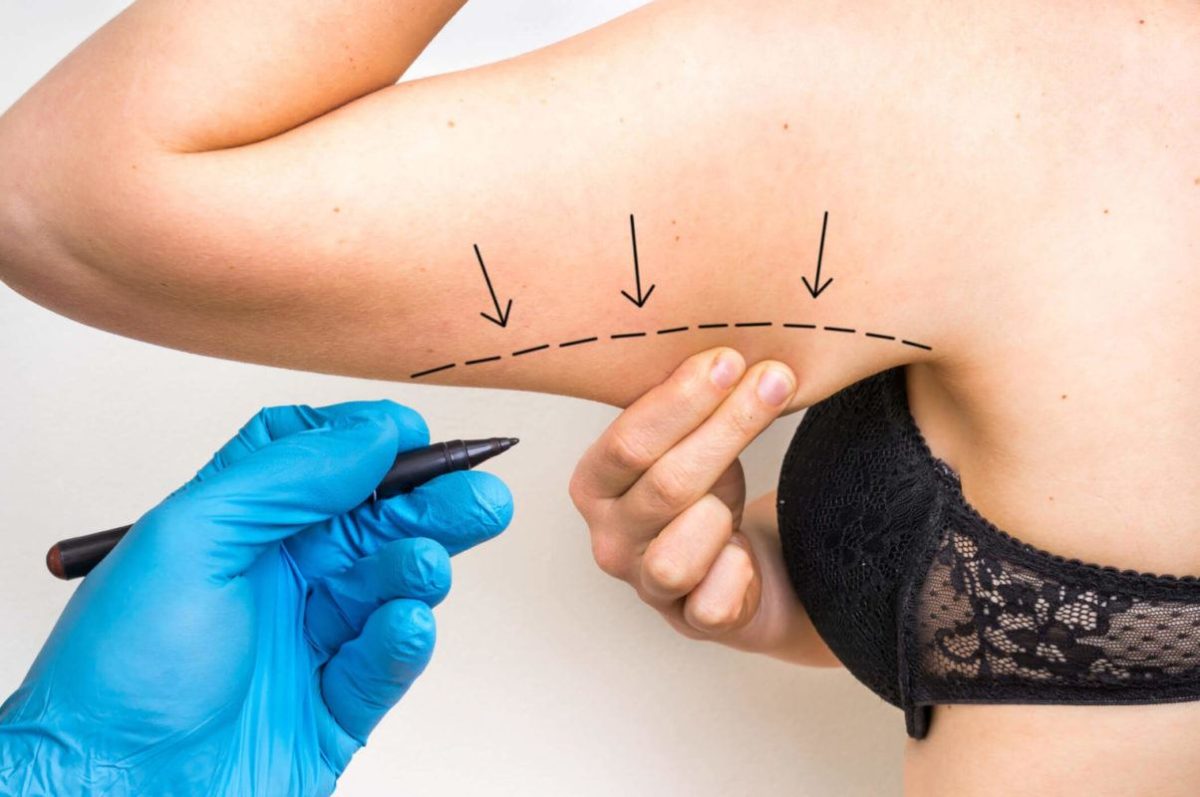Nearly 60% of adults will develop at least one skin tag in their lifetime, often on areas like eyelids, sparking a widespread interest in removal methods, including cosmetic procedures involving a needle, and associated costs and insurance coverage. Skin tag removal cost, a cosmetic procedure, varies widely, influenced by factors such as the method chosen, treatments involved, and the healthcare provider’s fees, impacting the price and out-of-pocket costs. Whether you’re considering a visit to the dermatologist for treatments like cosmetic removal or skin cancer, or exploring over-the-counter solutions, understanding these costs and price upfront can help you make an informed decision without straining your budget. This post aims to shed light on the financial aspect of skin tag removal, offering clarity on pocket costs, pay, price, and coverage, and peace of mind for those looking to address this common skin concern.
Understanding Skin Tags
Skin Growth
Skin tags are small, soft pieces of skin that often appear on the body, and people may pay a doctor for their cosmetic removal. They hang off the skin, looking like tiny balloons. People find them, often leading to skin cancer concerns and cosmetic removal considerations for which they pay, mostly in areas of friction such as necklines, underarms, and eyelids.
These growths develop due to the rubbing of skin against skin. That’s why they’re common in skin folds.
Benign Nature
Despite their odd appearance, skin tags are harmless. They’re benign, meaning they don’t pose a health risk. However, many choose to remove them for cosmetic reasons or because they cause discomfort. This is especially true if they’re in areas where clothes or jewelry rub against them.
Misconceptions
It’s important to distinguish between skin tags and other types of skin growths. Unlike skin cancer, these tags are not indicative of a serious condition. Still, if there’s any doubt about a growth, it’s wise to consult a doctor.
Overview of Removal Methods
Home Remedies
Skin tags can sometimes be addressed with simple at-home remedies. These methods often involve the use of natural ingredients or over-the-counter solutions aimed at reducing the appearance of skin tags. However, their effectiveness varies and may not provide immediate results.
It’s essential to proceed with caution when considering home remedies. Consulting a healthcare provider is crucial to avoid potential skin damage.
Medical Procedures
For those seeking more definitive results, professional medical procedures offer a range of options for cosmetic removal. These methods are performed by healthcare professionals and include techniques such as cryotherapy, cauterization, and surgical removal.
Each method has its own set of advantages and suitability depending on the size and location of the skin tag. Cryotherapy involves freezing the skin tag with liquid nitrogen, making it a quick option with minimal discomfort. Cauterization, or burning off the skin tag using electrical current, is another effective method that provides precise removal. Surgical removal, though more invasive, is ideal for larger skin tags and usually ensures they do not return.
Consultation Importance
Before opting for any removal method, consulting with a healthcare provider is paramount. They can offer personalized advice based on the individual’s skin type and the characteristics of the skin tag.
This step ensures safety and maximizes the chances of successful skin tag removal without adverse effects.
Cryotherapy for Skin Tags
Procedure Basics
Cryotherapy involves a dermatologist applying liquid nitrogen to the skin tag. This extreme cold freezes the tag, causing it to fall off.
The process is quick, often taking less than a minute. Patients usually feel minimal discomfort, described as a slight stinging sensation.
Multiple Sessions
Larger skin tags may require multiple treatments. Each session helps reduce the size until complete removal is achieved.
Patients should discuss their expectations with their dermatologist. They can provide an estimated number of sessions needed.
Aftercare Tips
After cryotherapy, the treated area needs proper care. Keep it clean and dry to prevent infection.
Avoid picking at the scab that forms. It will fall off naturally as the skin heals.
Excision and Cauterization Techniques
Excision Method
Excision involves straightforward cutting to remove skin tags. A trained dermatologist uses a sharp instrument for precise removal. This method ensures minimal bleeding and reduces the chance of irritation.
Professionals perform this cosmetic procedure under sterile conditions. They prioritize patient safety and quick healing.

Cauterization Process
Cauterization uses heat or chemical substances to burn off acrochordons. This technique often employs laser technology, known for its precision. It effectively seals the wound, preventing infection.
The process is quick, with little to no bleeding involved. Dermatology experts recommend it for its efficiency and minimal discomfort.
Both excision and cauterization are popular cosmetic procedures in dermatology. They offer a safe and effective solution for skin tag removal when conducted by professionals. Unlike cryotherapy, which freezes skin tags, these methods provide immediate results with less risk of tissue damage.
Ensuring the procedure happens in a clean environment is crucial. It significantly lowers the risk of complications such as infection or scarring.
Advanced Removal Options
Laser Therapy
Laser therapy offers a high-tech solution for skin tag removal. Unlike excision and cautery, it uses concentrated light beams to target and eliminate skin tags. This method is especially effective for hard-to-reach areas.
Patients often choose laser therapy for its precision and minimal scarring. The technology allows doctors to remove skin tags without affecting the surrounding skin. However, this advanced option comes at a higher price due to the specialized equipment and expertise required.
Plasma Therapy
Fibroblast plasma therapy is another innovative approach. It utilizes plasma energy to induce fibroblasts in the skin, promoting natural healing and skin tightening. This method is particularly beneficial for removing warts and skin tags from sensitive areas.
Plasma therapy stands out for its effectiveness in reducing scarring. It’s a good idea for those looking for a less invasive option. Like laser therapy, the cost is higher compared to traditional methods because of the advanced technology involved.
Factors Influencing Removal Costs
Number of Tags
The total number of skin tags significantly impacts the removal cost. Removing multiple tags often requires more time and resources. This can lead to higher charges.
Providers may offer package deals for removing several tags at once. Yet, each additional tag still adds to the overall expense.
Removal Complexity
Complex cases demand advanced techniques, directly affecting the price. Locations that are hard to reach or large skin tags might need specialized equipment or procedures. These factors increase costs due to the higher level of care needed.
Provider Expertise
Experts with extensive experience generally charge more for their services. Their expertise ensures a higher success rate and reduces risks associated with removal. Patients often find the extra cost worthwhile for peace of mind and quality results.
Facility Location
The geographical location of the treatment center plays a crucial role in determining costs. Facilities in urban areas or regions with a high cost of living typically have higher prices compared to those in rural settings.
Additional Costs
Patients should also consider other expenses like anesthesia, which is sometimes necessary for pain management during the procedure. Follow-up appointments to monitor healing or remove stitches can further increase the total cost. These hidden fees are important to factor into budget planning.
Insurance Coverage and Out-of-Pocket Expenses
Cosmetic vs Medical
Insurance companies often distinguish between skin tag removal for cosmetic reasons and those deemed medically necessary. Health insurance typically does not cover procedures done purely for aesthetic purposes. If a skin tag causes pain, infection, or is at risk of becoming cancerous, it might be considered a medical necessity.
To potentially have the procedure covered, patients must provide documentation from a healthcare provider. This can include photos of the affected area, a detailed report on symptoms, and an explanation of why removal is necessary for health reasons.
Documentation Proof
Gathering the right documentation is crucial for insurance approval. Patients should request a detailed examination from their doctor, highlighting any conditions that make removal medically necessary. Proof of discomfort or risk to health due to the skin tag can strengthen your case.
This evidence can then be submitted to your insurance company for review. Remember, each insurer has different criteria for what constitutes medical necessity.
Questions for Providers
Before undergoing skin tag removal, it’s essential to communicate with your insurance provider. Ask about:
-
The extent of coverage for skin tag removal.
-
Any required co-payments or deductibles.
-
Specific documentation needed to prove medical necessity.
Understanding these details helps manage expectations regarding out-of-pocket costs.
Aftercare and Preventing Recurrence
Skin Care
After removing a skin tag, proper aftercare is crucial. This helps in healing and reduces the risk of scarring. It’s important to keep the area clean and dry. Use gentle, unscented soap and water for cleansing.
Applying an over-the-counter antibiotic ointment may prevent infection. Always follow your doctor’s advice on wound care.
Lifestyle Changes
To minimize the chance of new skin tags forming, consider making some lifestyle changes. Obesity can increase skin friction, a common cause of skin tags. Maintaining a healthy weight might reduce their occurrence.
Wearing loose clothing reduces skin friction too. This simple change can have a significant impact.
Regular Check-ups
Regular dermatologist visits are essential for early detection of new growths. Your doctor can spot potential problems before they escalate. They can also provide treatments to stem the recurrence of skin tags.
Early intervention often means simpler, less invasive removal methods.
Closing Thoughts
Navigating the world of skin tag removal doesn’t have to be a journey into the unknown. From understanding what skin tags are, exploring various removal methods like cryotherapy, excision, and advanced options, to weighing the costs and considering insurance coverage, you’ve got the knowledge to make informed decisions. Remember, factors such as the method chosen and your insurance policy play significant roles in determining the overall cost. Post-removal care and steps to prevent recurrence are equally important for lasting results.
Now’s the time to take action. Consult with a dermatologist to discuss your specific needs and find the most suitable and cost-effective method for you. Don’t let uncertainty hold you back from achieving clear, healthy skin. Your confidence is worth the investment.
Frequently Asked Questions
What are skin tags and should I be concerned about them?
Skin tags are small, benign growths on the skin that are generally harmless. If they’re not causing discomfort or cosmetic concerns, they typically don’t require removal.
How much does it usually cost to remove a skin tag?
The cost of skin tag removal can vary widely, from $100 to $500, depending on the method used and the number of skin tags being treated.
Will my insurance cover the cost of skin tag removal?
Insurance coverage for skin tag removal is often limited to cases where it’s deemed medically necessary. Cosmetic removal is usually not covered, resulting in out-of-pocket expenses.
What methods are available for removing skin tags?
Popular methods include cryotherapy (freezing), excision (cutting), and cauterization (burning). The choice depends on the size and location of the skin tag.
Is cryotherapy a painful method for removing skin tags?
Cryotherapy involves minimal discomfort and is a quick procedure, making it a preferred option for many people seeking to remove skin tags.
How can I prevent skin tags from recurring after removal?
Maintaining healthy weight, minimizing friction from clothing, and practicing good skincare can help reduce the risk of new skin tags forming.
What should I expect during the aftercare of a skin tag removal procedure?
Aftercare typically involves keeping the area clean and dry, applying antibiotic ointment if recommended by your healthcare provider, and avoiding picking at the site to ensure proper healing.





















